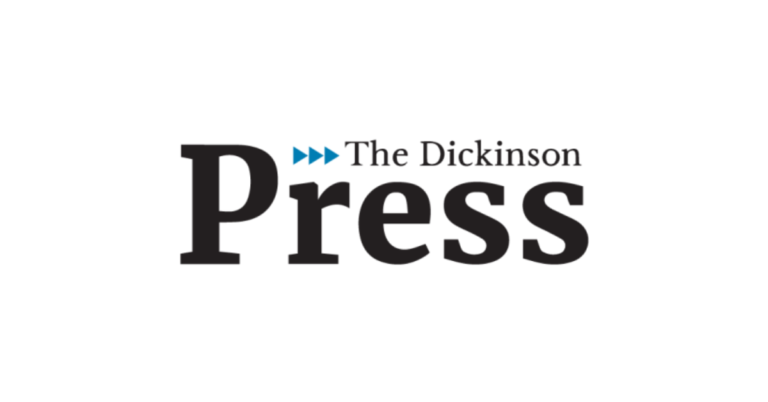Dickinson named among North Dakota’s most affordable cities

This article was originally published on The Dickinson Free Press
DICKINSON — A recent study ranked Dickinson as one of the most cost-effective locations for household expenses among North Dakota cities with populations exceeding 20,000.
The analysis highlights Dickinson’s median income levels and living costs, suggesting greater financial flexibility for residents compared to larger cities like Fargo, Bismarck and Grand Forks.
The report, published by Doxo , analyzed average household expenses, including mortgage or rent, utilities, auto loans, and other common bills. In Dickinson, households spend an average of $2,022 per month — or $24,269 annually — on the 10 most common household expenses.
The 10 most common household expenses include bills related to mortgage or rent payments, utilities, transportation, food, healthcare, communication services, insurances, childcare and education expenses.
Dickinson’s figures represent about 31% of the city’s median income of $78,864, which is markedly below the 50% threshold financial experts often associate with economic stagnation or decline.
According to Liz Powell, senior director of insights at Doxo, the analysis draws from aggregate bill payment data for 97% of U.S. zip codes, combining national and local data points. Powell noted that although the methodology doesn’t adjust for unique regional factors like local industries, it aims to provide statistically sound comparisons across areas.
While Dickinson’s expenses are 3% higher than the North Dakota average of $1,973 per month, which includes smaller rural communities, it remains 5% below the national average. This difference results in residents saving an estimated $1,244 annually compared to the typical U.S. household.
Mayor Scott Decker commented on the report’s findings, pointing to Dickinson’s diversified economy as a key factor in maintaining the city’s stability and affordability. He emphasized the importance of collaboration and investment in local opportunities to continue fostering economic resilience.
“This resilience shows that Dickinson is an attractive place to live. By continuing to collaborate and foster opportunities in our schools, county and city, we can ensure that Dickinson remains a community people want to move to,” Decker said. “Our economy is diversified beyond oil and gas, helping us stay stable despite the fluctuations in commodity-driven industries. When one sector faces challenges, others like healthcare, manufacturing and logistics help cushion the impact.”
The report also compared Dickinson to other major North Dakota cities.
Fargo, with a median income of $63,336, has higher housing costs, with mortgages exceeding $1,800 per month on average. Other cities, including Bismarck, Grand Forks and Minot, face rising costs in key categories or challenges such as population decline.
As economic conditions worsen, especially for commodity-driven economies, populations often suffer a decline. Dickinson’s population has decreased slightly, by 2.14% since 2020, according to the U.S. Census, but this reduction is comparatively smaller than the nearly 5% decline in other neighboring communities, like Williston, over the past decade.
The report attributes Dickinson’s affordability and ability to withstand population decline to a combination of factors, including higher incomes and expenses that remain below the national average. Residents are left with more discretionary income, which can be allocated to savings, investments or other financial priorities.
“In western North Dakota, our expenses come with challenges. Building and buying houses are expensive, rent swings a lot based on the commodity-based economies,” Decker highlighted. “That’s always going to be a challenge. We should be proud of how we’ve weathered the past 15 years.”
While housing remains a significant expense, with mortgage payments averaging $1,588 per month and renters paying $982, the city’s overall cost structure appears favorable. Transportation costs, such as auto loan payments averaging $687 per month, and other household expenses are comparable to state averages.
In certain areas, Dickinson performs more efficiently than its statewide counterparts. Monthly utility costs average $287, health insurance $208, and auto insurance $75 — all of which are noted as lower than those in larger cities. Other expenses, like mobile phone service and cable or internet, average $91 and $73 per month, respectively.
Despite these challenges, the report suggests that Dickinson remains an economically attractive location due to its relative stability and balanced costs. By maintaining diversified economic foundations in industries like healthcare, manufacturing and logistics, the city has weathered fluctuations in commodity-driven sectors and appears poised to continue that trend over the next decade.
To read the full report, or learn more about Doxo, visit https://www.doxo.com/w/insights/
